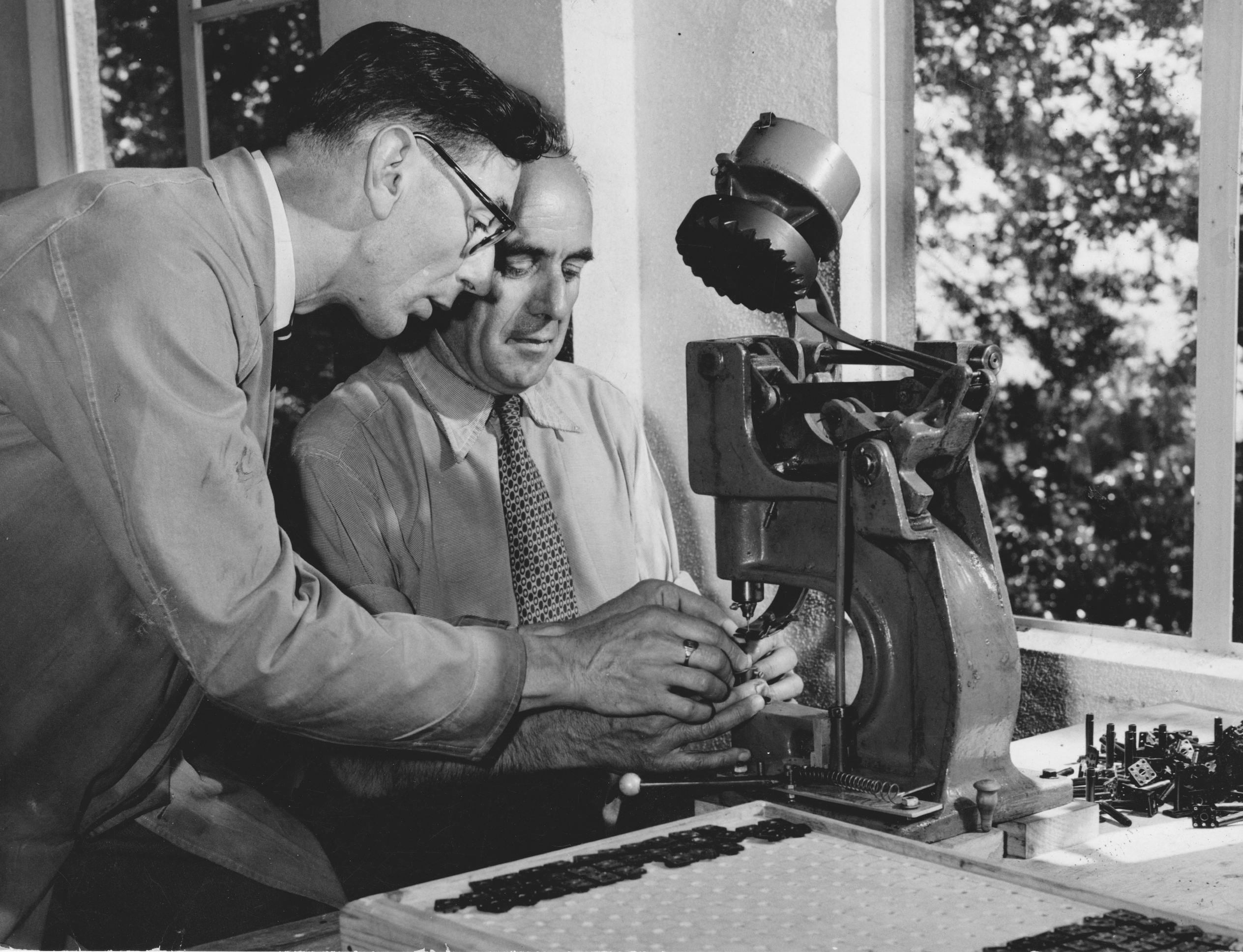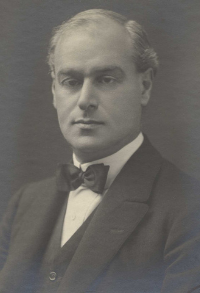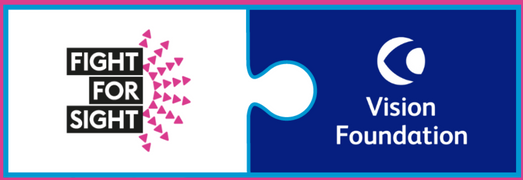
Our History
Since 1921, we have invested more than £31m in grassroots communities, been early investors in pilot innovations that have been scaled to nationwide programmes and amplified the voices of the sight loss community.

How did it all begin?

Sir Arthur Pearson, the founder of the Daily Express, was an early campaigner for visually impaired people. Having lost his sight through glaucoma, he spent a large part of his life raising awareness of the difficulties that blind and partially sighted people could face.
Pearson was frustrated by the barriers faced by blind and partially sighted people who not only had to go about their daily lives in a society that was largely unaware of their needs but who also had to contend with post-war poverty, which often had a greater effect on their lives than it did on the lives of their fully-sighted friends and neighbours.
He, therefore, decided to spearhead a publicity campaign that would encourage the public to donate money to causes that would help to support the blind and partially sighted population of London.
With his contacts and creativity, Pearson soon settled on a name – the Greater London Fund for the Blind (GLFB), a symbol – (the geranium flower, an enduring flower of determination) and the charity’s first royal patron, HRH Louise, the Princess Royal.
Now known as the Vision Foundation, the charity continues to inform, empower and include blind and partially sighted people across London, as well as working to ensure preventable blindness is a thing of the past.
1921
RNIB and other small charities were brought together by Sir Arthur Pearson. To unify the collection of funds for blind and partially sighted people in London, The Greater London Fund for the Blind (now the Vision Foundation) is born…
1922
The first ‘Geranium Day’ mass fundraising appeal to raise money for blind and partially sighted people across the capital…
1935
Talking Books are launched by long term charity partner – RNIB to provide access to books via gramophone records…
1946
GLFB (the Vision Foundation) moves out of RNIB offices and into its own Headquarters at 2 Wyndham Place in London…
1951
Her Royal Highness the Queen Mother becomes Royal Patron…
1955
GLFB is chosen to be the charity partner for the inaugural Women of the Year Lunch, later known as the Women of the Year Lunch and Awards (WOYLA), an annual charity lunch for high achieving women….
1968
The computer production of braille is introduced…
1981
GLFB (the Vision Foundation) supports the London Association for the Blind to train and employ 60 blind people in meaningful and modern employment in the plastic processing industry in South East London…
1983
The National Talking Newspaper and Magazine service is launched. The Vision Foundation has funded many talking newspapers since then…
1986
Tactile paving is introduced, in the same year, GLFB (the Vision Foundation) charity shops arrive on high streets around London…
1992
GLFB (the Vision Foundation) works with the social enterprise Clarity (then a charity called General Welfare of the Blind), to support blind people working in the manufacturing of beds, domestic products and toiletries in London and Luton…
1993
One hundred GLFB supporters create a new record for the Guinness Book of Records by pulling three jet airliners over a distance of 100 metres. Each at a different airport…
1998
Sir John Mills CBE becomes our first Senior Vice President to coincide with his 90th birthday celebration attended by more than 500 guests…
1999
Sir Rocco Forte, Dame Diana Rigg DBE, Sir Donald Gosling and Sir Trevor McDonald become GLFB Vice Presidents…
2005
Sir John Major and Cherie Blair CBE QC are made Vice Presidents…
2006
Our first special project grants are awarded (later known as the Vision Fund)…
2009
Apple introduces its screen-reading solution for visually impaired iPhone users. Since then VoiceOver has grown into a powerful tool giving access to all aspects of the iPhone and many millions of applications. The Vision Foundation has supported technology projects for many years – from technology hubs to dedicated technology roles in communities across the capital…
2016
GLFB (the Vision Foundation) supports SeeAbility’s In Focus project, to ensure disabled children and young people can access adapted sight tests in school…
2018
TimeBank UK and GLFB (the Vision Foundation) partner to develop timebanks across London and work to attract more people with sight loss. This includes making the app more accessible and producing accessible manuals…
2019
The Vision Foundation is born (after it is renamed from the Greater London Fund for the Blind)…
2020
The Vision Foundation distributes a range of covid-19 response grants to support sight loss charities through the pandemic. The campaign #BlindLockdownLife is launched to raise awareness of the needs and experiences of blind and partially sighted people during the multiple lockdowns…
2021
The Vision Foundation’s 100th anniversary is celebrated with the launch of our Centenary Appeal for Employment…
